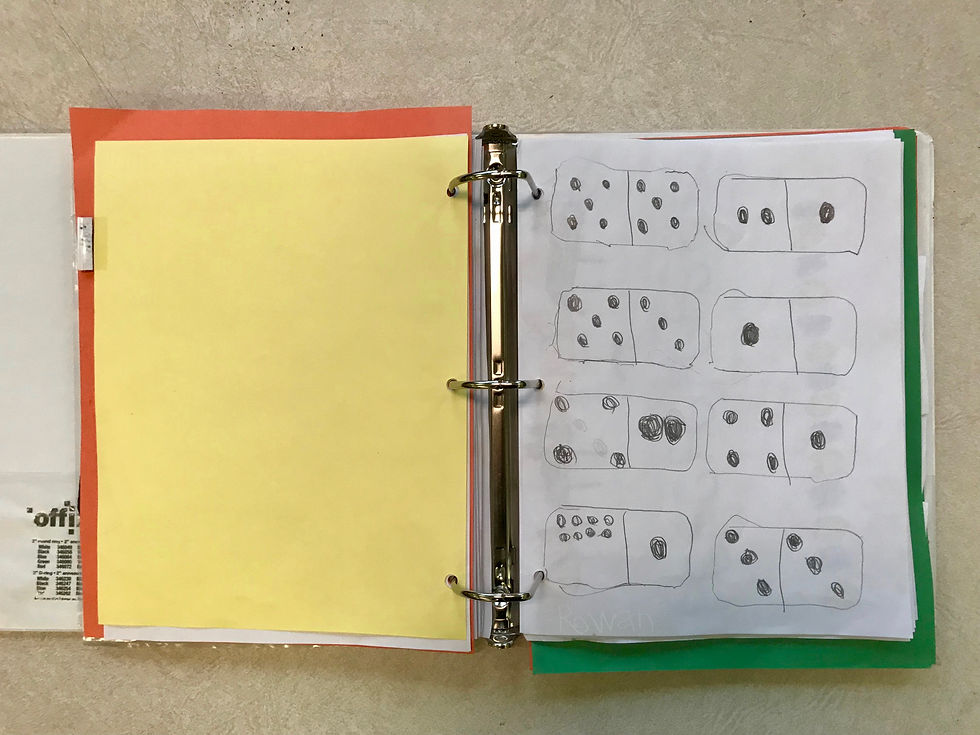Assessments & Evaluation
Ultimately the assessment process collects valuable data on student learning that guides teaching. Assessments inform us of our teaching practices' quality and students' responses to those practices and ensure that students receive the instruction most suitable to their specific needs. The process must be continuous and ongoing throughout all the stages of education; without the data collected through assessment, teaching may lose its purposefulness, and students do not receive the quality of education they need.
Day to Day Data
Assessments are a crucial part of our day-to-day teaching practices. Formative assessments guide our instructional planning, summative assessments let us know where our instructional planning needs revision. While these tend to be formal assessments, the informal assessments we complete daily are equally important. So much information is made available to us through students' everyday interactions that may not necessarily be evident in the more formal assessments yet point us in the right direction regarding needs and which interventions work. It's easy to forget the little things that happen, but when looking back at the little things, we realize how they explain all the bigger things; keeping detailed notes or daily briefs on student behaviour and achievement can be very beneficial.
Please click here to view a sample of simple data collection sheets I have designed.
Response to Intervention (RTI)
The Individualized Education Program (IEP)
Once a formal referral for special education is made for a particular student, the purpose of assessments is to determine eligibility for special education services. A multidisciplinary team completes nondiscriminatory comprehensive assessments of the students learning needs to identify areas of difficulty, strengths and needs.
Many of these assessments are norm-referenced and guide the student's education team in creating an individualized education program for the student describing their academic needs, possible accommodation needs, additional services and the best and least restrictive learning environment.
Please click here to view a sample of an IEP I wrote based on assessment results.
At the first indication of a learning problem, during the prereferral and screening stages, assessments allow teachers to identify students who may need additional learning support or special education services. The use of classwide assessments such as curriculum-based measurements (CBM), criterion-referenced tests, and a formal and informal assessment all shed light on a student's present level of achievement and areas of struggle. Students who show difficulties in these assessments can be placed in a tier 2 RTI intervention where assessments continue to monitor their progress and needs.
Assessments and placing students in RTI during the initial stages help teachers refer only students who do not respond to changes made in the classroom. Doing so rules out learning difficulties resulting from language differences and combats students' over-identification and the disproportionate representation of various cultural and ethnic backgrounds in special education classes.
Student Portfolios:
Portfolio assessments can be beneficial in inclusive settings. They can be easily differentiated according to students' needs and strengths and can incorporate different assessments for the same skill/content area; a student may have the knowledge but struggles to show the knowledge in a particular way, a portfolio can provide options to demonstrate that knowledge.
Portfolios can show student progress throughout time; looking at poor performance on a single assessment may not adequately show student progress, but the poor performance may be proof of improvement compared to the student's previous work.
The work placed in the portfolio can include different types of assessments such as tests and writing pieces and can be both formative and summative.
Overall, a portfolio provides a more well-rounded picture of student learning and progress.
Take a look at a first graders portfolio













































